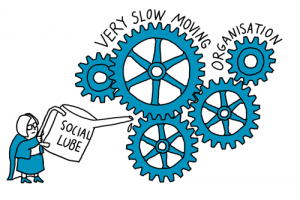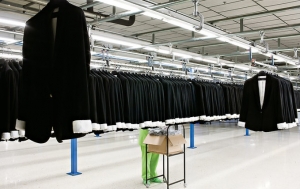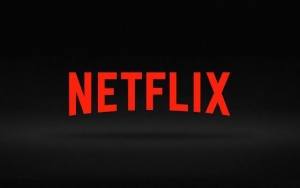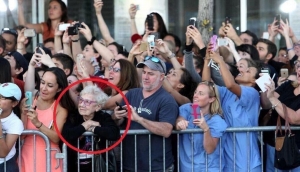This is a terrible time, challenging in almost every respect for people and companies alike, but it does also offer an opportunity to do something symbolic and high-impact to help our customers, colleagues and society at large.
I re-read this famous little story in HBR and want to relay it here, because it makes me smile but equally because it defines ambition and determination and impact.
When Apple founder and CEO Steve Jobs was presented the first iPod by the designers, he said the device was too big. The designers replied that they could not fit the components into anything smaller, so Jobs took the iPod over to an aquarium and dropped it into the water, pointing to the air bubbles floating to the top and explaining that it had some air inside it, which meant that it did indeed have some free space.
To do anything show-stopping, but especially today, you need to move up and out of the normal flow of organisational life. Incidentally, I showed my kids the first iPod I bought and they were mesmerised by it. Next week I will show them a cassette tape.




